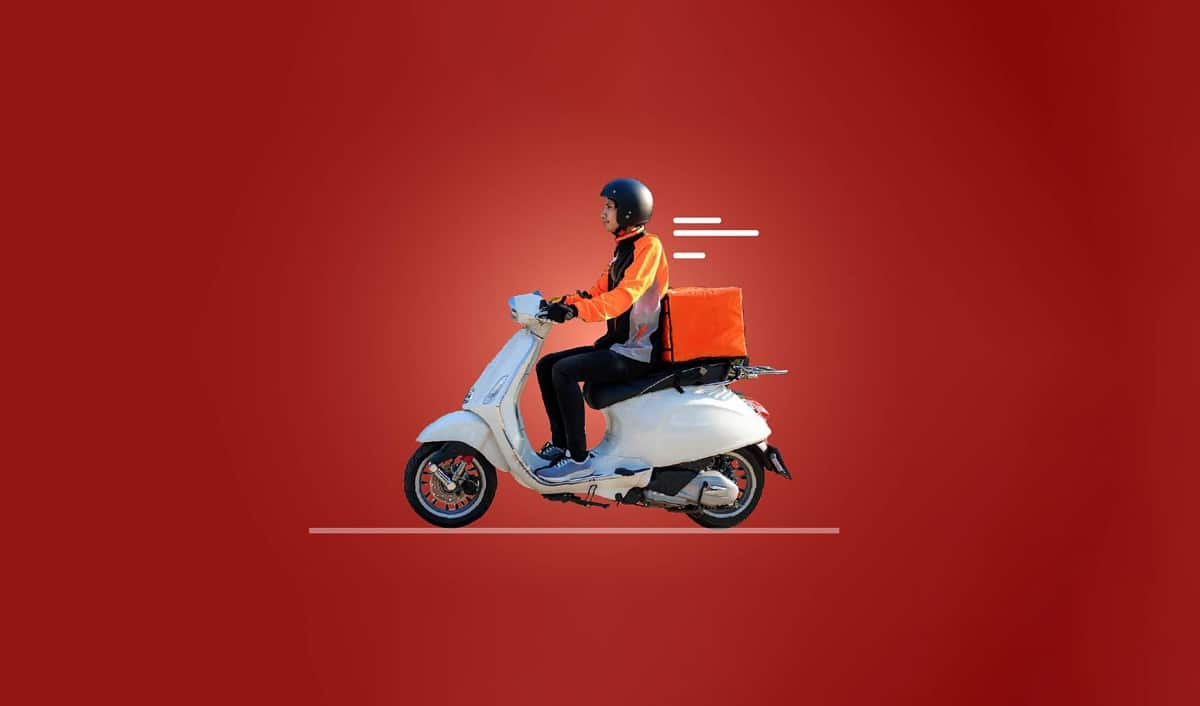Regional Snack Brands Expand Reach with 10-Minute Delivery Service

Indian regional food and beverage brands are increasingly embracing quick commerce platforms to expand their reach beyond their traditional markets. By utilizing faster delivery options and catering to local tastes, these brands are gaining visibility in cities that were previously challenging to penetrate through conventional distribution methods. This shift is particularly evident in the growing demand for ethnic snacks, which has led to significant revenue growth for many companies.
Leveraging Quick Commerce for Growth
Many regional brands have initially gained traction through direct-to-consumer (D2C) models, but quick commerce is now becoming a vital next step in their distribution strategy. This approach allows brands to offer bundled packs and smaller product sizes, enhancing their visibility on platforms like Zepto, Blinkit, Instamart, and BigBasket. For instance, Sweet Karam Coffee reports that quick commerce now accounts for 40% of its business, with a remarkable 4.5 times revenue increase over the past year and a half. CEO Nalini Parthiban noted that sales from outside South India have surged from 10-20% to nearly 50%.
Similarly, Two Brothers Organic Farms has seen its quick commerce sales grow from 5% to 30% of its domestic revenue within a year. Chitale Bandhu Mithaiwale has also adopted quick commerce as a strategy to enter new markets, with approximately 30% of its revenue now coming from outside Maharashtra. Managing partner Indraneel Chitale emphasized that quick commerce focuses on access and trial rather than storytelling, allowing brands to reach consumers more effectively.
Regional Brands Gaining Traction
Quick commerce platforms are actively promoting regional products, leading to a significant increase in sales of local snacks. BigBasket reported that regional items such as Nylon Sev, Misal, and Ujjain Sev have seen over a 50% growth in the last three to six months. Seshu Kumar Tirumala, the chief buying and merchandising officer at BigBasket, highlighted that murukku now constitutes 5% of their namkeen category, with 80% of these purchases driven by impulse through 10-minute delivery services.
Newer entrants like House of Bindu are also capitalizing on quick commerce as a means to expand their reach. Ravi Kapoor, a partner at PwC India, pointed out that this shift from D2C-led discovery to quick-commerce-led access is crucial for regional brands. He noted that while scaling food products nationally can be challenging due to diverse local tastes, the ability to curate offerings at the pin-code level is helping these brands reach new customers more efficiently.
Challenges and Opportunities in Quick Commerce
Despite the advantages of quick commerce, brands face several challenges, including limitations related to warehouse space and product shelf life. However, many are finding that quick commerce serves as a key lever for high-repeat products, seasonal spikes in demand, and entering new markets. The focus is shifting from merely discovering products to ensuring sustained access for consumers.
As regional brands continue to adapt to this evolving landscape, quick commerce is proving to be an essential tool for growth. By prioritizing convenience and accessibility, these brands are not only enhancing their market presence but also catering to the growing consumer appetite for ethnic snacks and beverages. The trend indicates a promising future for regional food and beverage brands as they navigate the complexities of the quick commerce sector.
Observer Voice is the one stop site for National, International news, Sports, Editor’s Choice, Art/culture contents, Quotes and much more. We also cover historical contents. Historical contents includes World History, Indian History, and what happened today. The website also covers Entertainment across the India and World.

